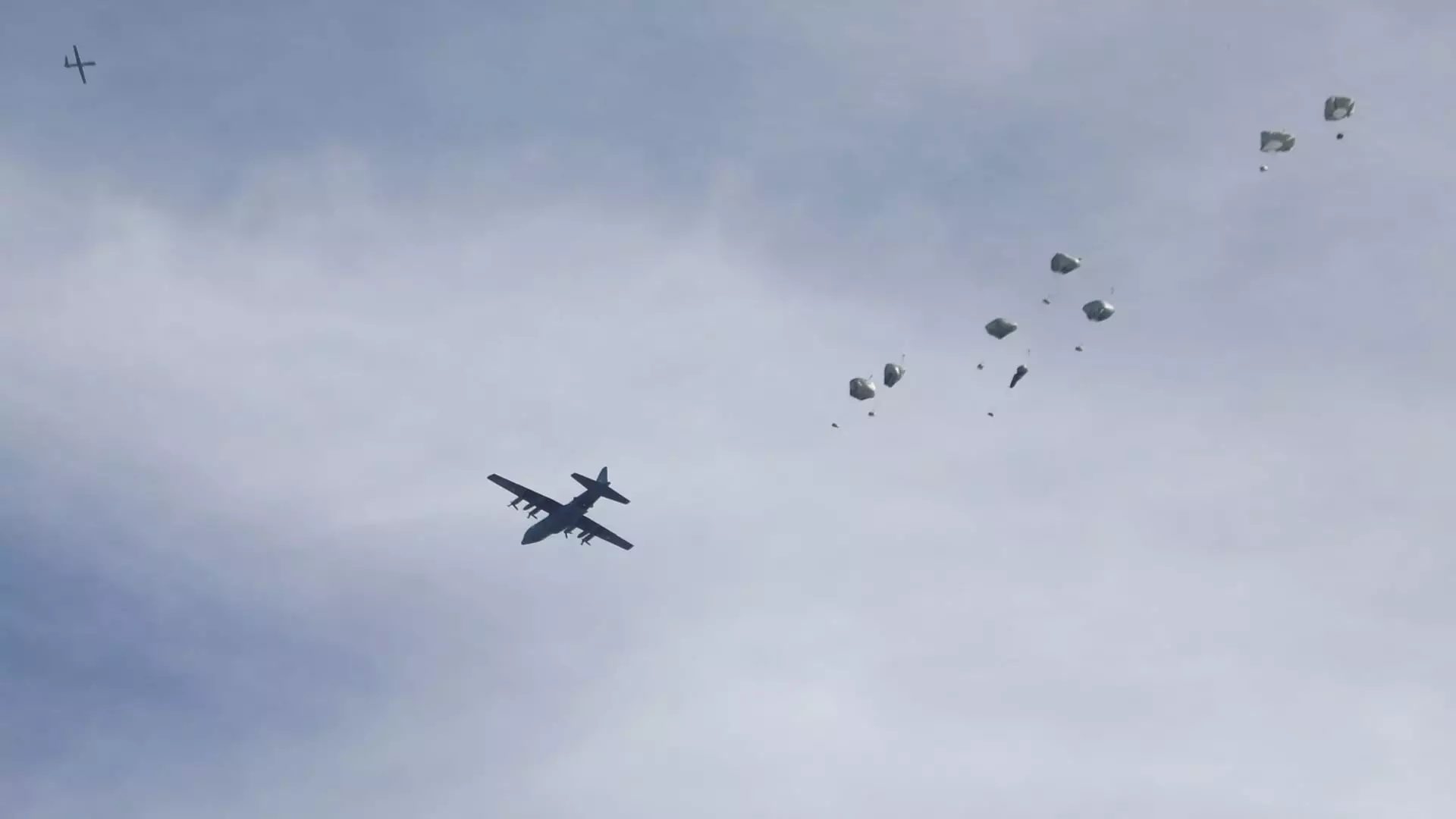The recent events in Gaza have sparked a significant humanitarian effort led by the U.S. military in the form of airdropped food supplies. President Joe Biden authorized this emergency assistance after more than 100 Palestinians were tragically killed during an encounter with Israeli troops. The U.S. military C-130 cargo planes were deployed to drop 66 bundles containing about 38,000 meals into Gaza. This airdrop operation was a coordinated effort with the Royal Jordanian Air Force, demonstrating international collaboration in times of crisis.
Rationale Behind Airdropping
The decision to airdrop food supplies into Gaza was a direct response to the urgent need for humanitarian aid in the region. The chaos that ensued after the attack on Palestinians who were trying to access aid convoys highlighted the desperate situation on the ground. President Joe Biden announced the commencement of airdrops to provide emergency assistance to the starving Gazans. This action was taken to address the dire circumstances in Gaza and ensure that essential supplies reach those in need.
While airdrops can provide swift assistance to inaccessible areas, they come with their own set of challenges. The United States acknowledges that airdrops are not a substitute for ground transportation, which is more efficient in transporting larger volumes of aid. The risks associated with ground transport were evident in the recent events in Gaza, prompting the use of airdrops as a safer alternative. However, it is essential to recognize that airdrops have limitations in terms of quantity and may not be the most effective means of distributing aid.
The C-130 aircraft, utilized in airdrop operations, is known for its versatility and ability to deliver aid in remote and rugged terrains. With a capacity to airlift up to 42,000 pounds of cargo, the C-130 is equipped to handle large quantities of supplies. The skilled crews onboard are trained to rig cargo securely onto pallets that can be safely dropped from the aircraft. This aircraft has been instrumental in past humanitarian missions around the world, showcasing its reliability in delivering aid to those in need.
Long-Term Impact and Considerations
As the situation in Gaza remains critical, it is crucial to assess the long-term impact of airdropped food supplies. While immediate relief is provided through these operations, sustainable solutions for ongoing aid distribution need to be explored. Ground transportation, despite its risks, remains a more effective method of delivering aid in larger quantities. Airdrops serve as a temporary measure in extreme circumstances and should be complemented by other means of aid delivery.
The airdrop of food supplies into Gaza marks a significant humanitarian effort to address the urgent needs of the population. The international collaboration between the U.S. military and the Royal Jordanian Air Force demonstrates a unified response to a humanitarian crisis. While airdrops provide immediate relief, there is a need to evaluate their effectiveness in the long term and explore alternative methods of aid distribution in Gaza. The airdrop operation sets a precedent for future humanitarian interventions in conflict-affected regions, emphasizing the importance of swift and coordinated action in times of crisis.


Leave a Reply